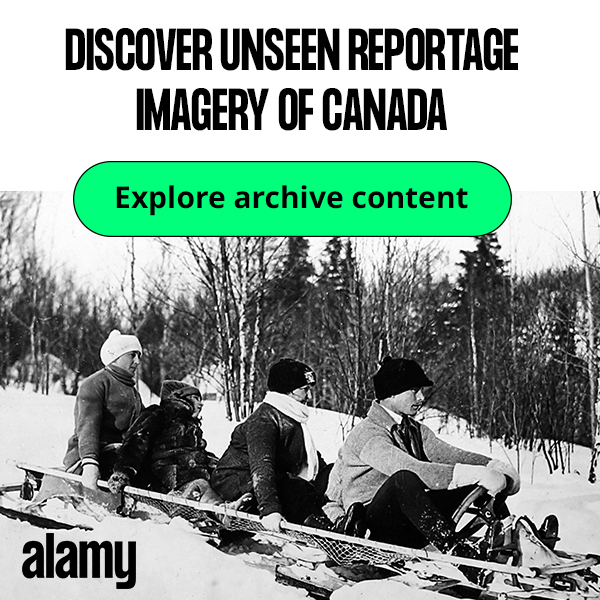In the Spotlight
Mary Simon sworn in as Canada’s first Inuk Governor General
Two museums lost in wildfire in Lytton, B.C.
Residential School memorials find future in Canadian museums
Glenbow Museum closed for three years for renovations
Construction of new Musée Armand-Frappier building complete
44th Canadian General Election results in Liberal minority
Le Myseum of Toronto nomme une nouvelle directrice générale
Mary Simon sworn in as Canada’s first Inuk Governor General
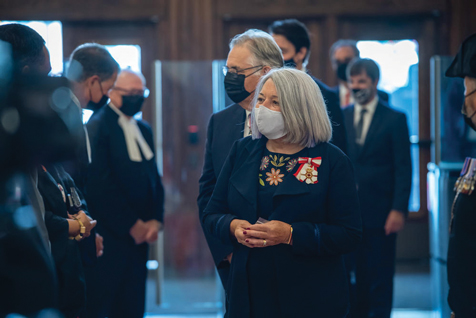
Governor General Designate Mary May Simon’s installation ceremony was held at the Senate of Canada in downtown Ottawa.
Mary Simon was installed as Canada’s 30th Governor General in Ottawa in July. Being of an Inuit background, she is the first Indigenous person to hold this position.
In her inaugural speech, Simon focused on issues of mental health, climate change and truth and reconciliation. Her appointment came as remains of hundreds of Indigenous children were being found in unmarked graves by residential schools.
“My view is that reconciliation is a way of life and requires work every day. Reconciliation is getting to know one another,” she said. “Reconciliation must support Aboriginal peoples as they heal from destructive legacies of colonization that have wreaked such havoc in their lives.”
She also added that “our society must recognize together our moments of regret alongside those that give us pride, because it creates space for healing, acceptance and the rebuilding of trust.”
As we have stated in July of this year, the CMA congratulates Mary Simon on her appointment as Governor General and “stands ready to walk in solidarity on the pathway to reconciliation.”
The CMA will be presenting the Governor General’s History Award for Excellence in Museums: History Alive! with her later this year.
Two museums lost in wildfire in Lytton, B.C.
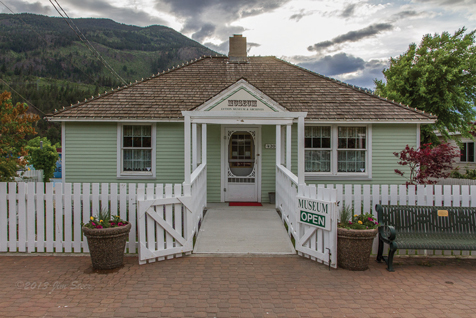
Lytton Museum and Archive prior to fire. Photo — Lytton Museum and Archive.
Lytton Museum and Archives and the Lytton Chinese History Museum were destroyed in the wildfire that ravaged through the village of Lytton, B.C. in June.
Lytton Museum and Archives opened in 1995 and housed culturally and historically significant objects, some dating back to 125 million years ago. The Chinese History Museum opened later in 2017 and displayed items representing the history of Chinese miners, railway workers, merchants and farmers in the area. Unfortunately, all 1,600 artifacts at the museum are believed to have been lost in the fire.
As previously stated, the CMA reaffirms that the “loss of important artifacts in any one of our institutions is a loss for Canadian heritage and history.”
Richard Forrest, the chair of the Lytton Museum and Archives Commission, states that it is very important for museums to digitize their artefacts. According to him, he was able to access the server with the digital collections of both museums. “Something to restart with at least,” he writes.
The Gold Trails and Ghost Towns Facebook group started a GoFundMe fundraiser to help the two museums rebuild their collections. They have raised nearly $8,000 so far, which will go towards new equipment, archival supplies and recovering anything found onsite.
Forrest expects rebuilding museums damaged or lost to the fires to take no less than a year. “[It] will be a long term effort… but we will be moving forward with establishing new collection policies and procedures to ensure that we have proper digital records.”
Residential School memorials find future in Canadian museums
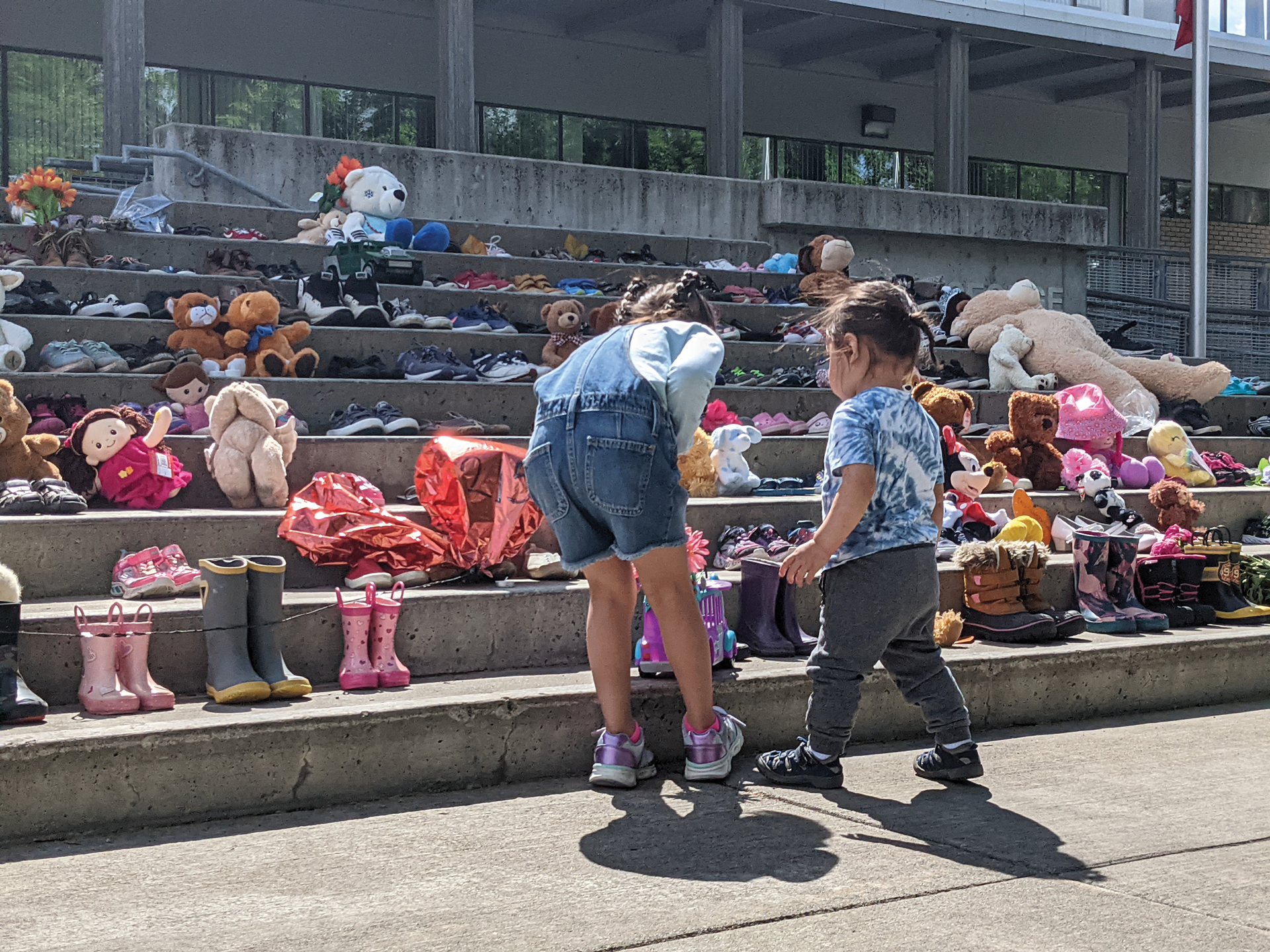
A young boy whose grandparents brought him and his sister to the memorial at City Hall to help with packing the memorial items for transport to the museum. Photo — Tracy Calogheros
Some memorials that came after children’s remains were found at the site of former residential schools this summer are now looking to be a permanent part of museums, shedding light on the role of cultural centres during this time.
In June, a memorial consisting of hundreds of pairs of shoes laid on the steps of St. Andrews United Church in Moose Jaw, SK found a spot at the Moose Jaw Museum & Art Gallery after local Indigenous sisters Cassidy and Kayleigh Olson reached out asking to exhibit the memorial at the museum.
Jennifer McRorie, Director and Curator of Moose Jaw Museum & Art Gallery was on board to help make this happen. “It felt important to honour the memorial, to recognize its significance as a site of mourning and tribute … but also as a space for education, reflection, listening and dialogue, so that the community can learn about the impacts of the Residential School System, including the ongoing intergenerational trauma that has impacted Indigenous individuals and communities.”
Aurora Museum & Archives in Aurora, ON is hoping to create a permanent space for stones covered in messages that were lined outside in tribute to the children during the town’s ‘Every Child Matters’ vigil. The museum is working with an Indigenous Elder and will be consulting the Indigenous community to ensure “that any memorial is respectful of their needs and wishes,” explained Eliza Bennett, the Manager of Communications for the Town of Aurora.

Exploration Place Curator, Alyssa Leier setting up the memorial at the museum. Photo — Tracy Calogheros.
Tracy Calogheros, CEO of The Exploration Place in northern BC, emphasized that this relationship between Indigenous communities and museums is very important in finding out how best to make spaces for permanent memorials.
In partnership with the Lheidli T’enneh First Nation, The Exploration Place temporarily has items from a memorial in Prince George, BC set up in their public facing windows. The Lheidli T’enneh Chief is discussing options for a permanent memorial with the City, Regional District and Lheidli T’enneh Elders. “We are part of these discussions, but will be guided by the Lheidli T’enneh,” said Calogheros on the role the museum has in finding a home for the memorial.
Calogheros said that museums can play an important part in reconciliation by providing a safe space for objects if requested by Indigenous communities. She encouraged museums “to use these times as an impetus to start to build relationships with their Indigenous neighbours” and “to start with discussions about repatriating collections to their rightful owners.”
Glenbow Museum closed for three years for renovations
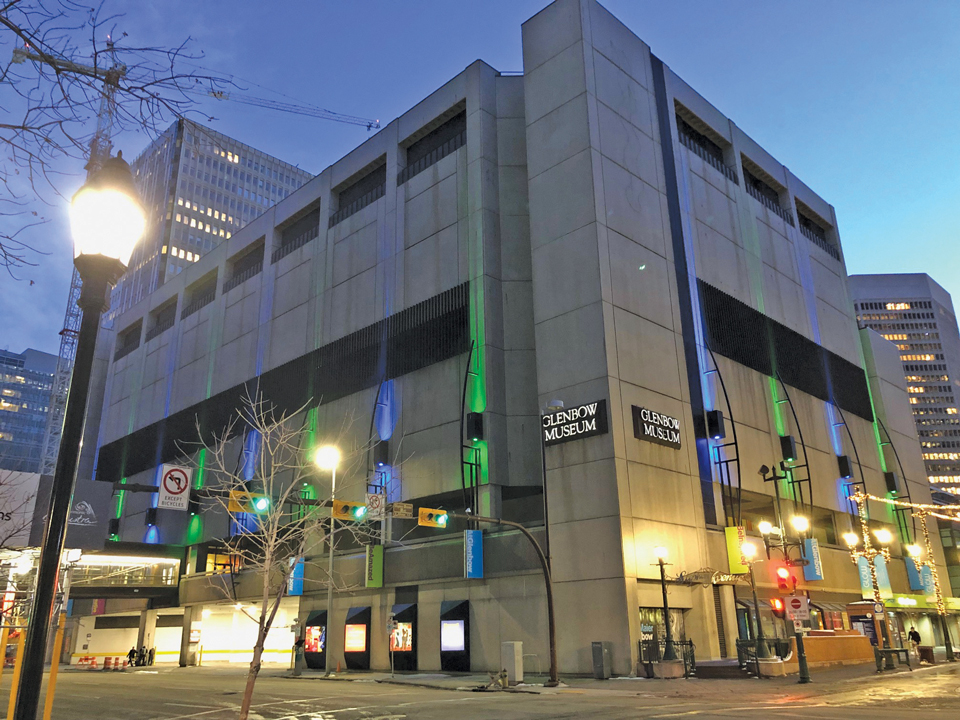
Photo — Glenbow Museum
The Glenbow Museum in Calgary, AB has closed its doors to the public for three years starting this fall to undergo large-scale renovations.
The museum’s physical space will be reimagined because “the aging building infrastructure and failing systems were in urgent need of overhaul; even beginning to put the collection at risk,” explains Jenny Conway Fisher, Director of Communications & Marketing at Glenbow Museum. Fisher also adds that the spaces, which were built in the 1970s, don’t enable the museum to adapt to the needs of a 21st century audience. The renovation will allow for “visible collections storage, views into the conservation lab and the production studios, and more spaces designed for community use,” adds Fisher.
Alongside the physical renovation of the building, the Glenbow will be consulting community members to help improve their programming, find new ways to share their collections, and identify where the collection needs to evolve. Part of this is a new Indigenous engagement process, which will “[ensure] meaningful incorporation of Indigenous knowledge and perspectives into Glenbow Museum’s building design, space allocation, programming, and operations” in order to promote reconciliation and understanding of Indigenous perspectives.
While the building is under renovation, the Glenbow will be opening a pop-up exhibition site to host exhibitions starting in February 2022 for visitors to enjoy until 2024.
Construction of new Musée Armand-Frappier building complete

Photos — Vincent Gerard
Construction of a new space for the Musée Armand-Frappier in Laval, Q.C. wrapped up last August after 13 months. The new building is 1800 square metres and adjacent to the city’s space sciences centre, the Cosmodome. It’s a project that costs $13.9M, with about $2.7M coming from Canadian Heritage, and is part of Laval’s cultural development plan for 2019-2023.
In a press release, Guylaine Archambault, CEO of the museum, said, “We’ve been working on this project for several years already, but these next few months will see the pace being picked up, with the installation of two new exhibitions, the setting up of laboratories, development of new educational activities, and more!”
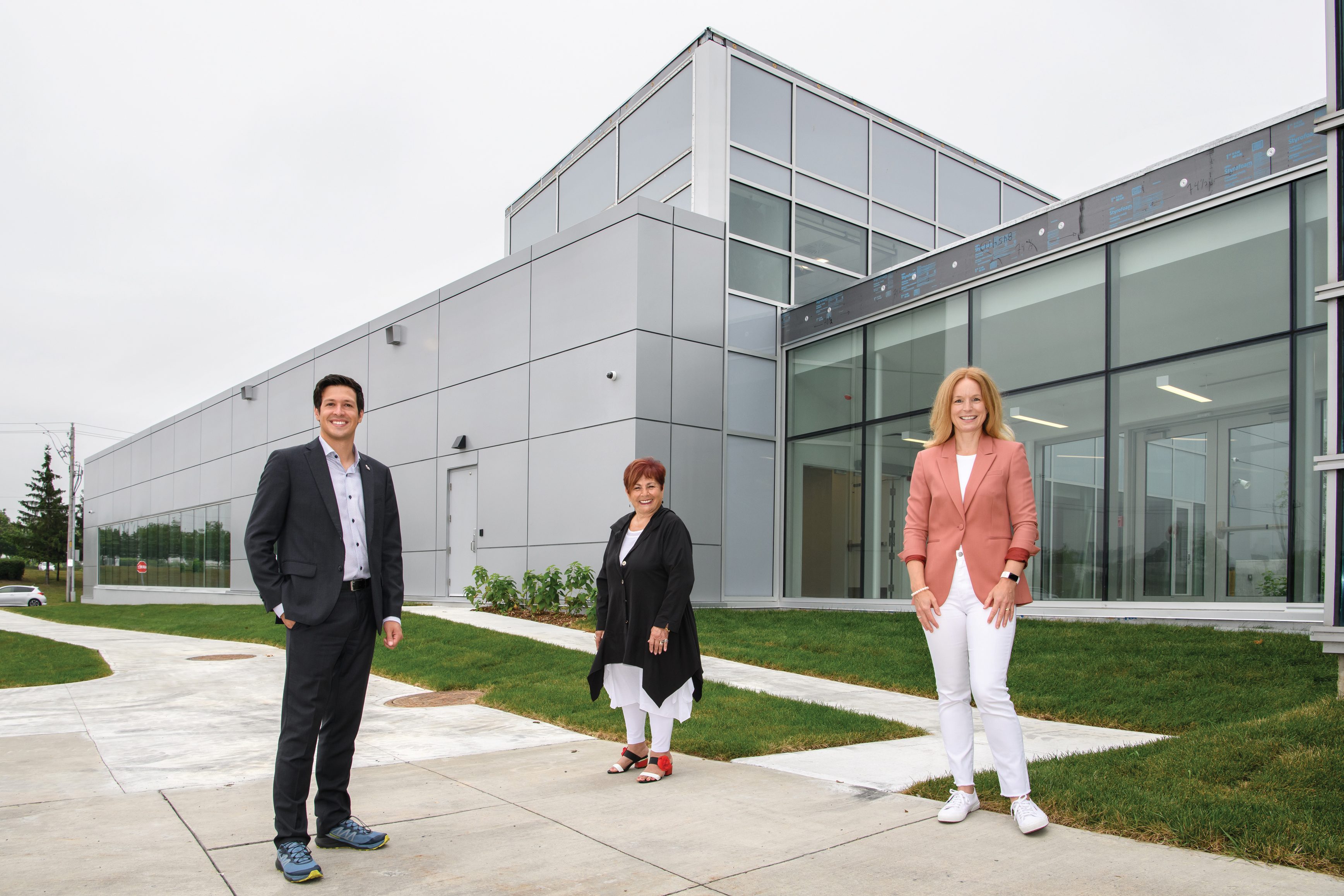
Photos — Vincent Gerard
The new building is made from concrete, steel and wood, and is designed to let in a lot of natural light. The project is seeking LEED Gold certification for its green design.
Laval deputy mayor Stéphane Boyer shares that he is proud of the construction of this new infrastructure. “It will allow the Musée Armand-Frappier to better achieve its mission by offering young people unique opportunities to better understand scientific knowledge.”
Work on the museum’s common areas will be carried out in the next few months. The museum hopes to be welcoming visitors to its new building in the fall of 2022.
44th Canadian General Election results in Liberal minority
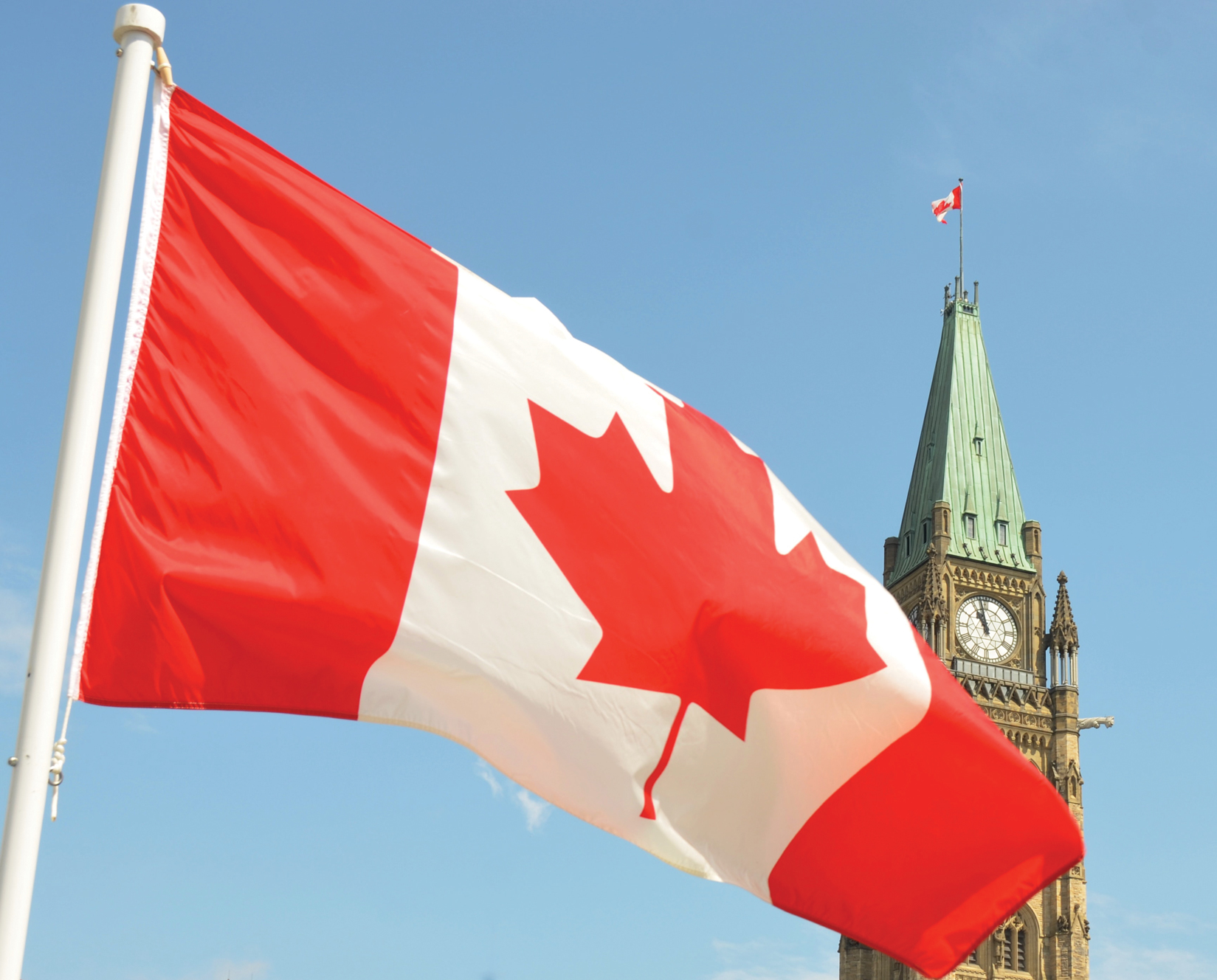
On September 20th, the 44th Canadian general election resulted in a Liberal minority government. During the election the CMA, along with representatives from the provincial and territorial museums associations, had issued open letters to leaders of the major federal parties calling on them to commit to updating Canada’s 30-year-old museum policy.
Prior to dissolution, the previous Liberal minority government had included a review of the national museum policy in the mandate letter for the Minister of Canadian Heritage. With the onset of the pandemic, there was a delay in addressing this mandate. However, in late-June, the Minister had announced that the Department of Canadian Heritage would be starting the consultation process for a new national museum policy in the fall. Unfortunately, those sessions were not realized once the election was called.
The CMA will be watching closely this fall for both makeup of the new cabinet as well as the Speech from the Throne. We will continue working with our colleagues and partners from the provincial and territorial associations to advocate for the much-needed modernisation of the National Museums Policy. Members can expect an update on our planned advocacy and government relations activities following the new cabinet being sworn into office.
Myseum of Toronto appoints new Executive Director

Photo — Elijah Nichols. Myseum Intersections Productive Discomfort
Heidi Reitmaier has joined the Myseum of Toronto as the new Executive Director.
Reitmaier has significant experience in the museum sector, both in Canada and abroad. She has held leadership positions at Chicago’s Museum of Contemporary Art, London’s Tate Museum, the Art Gallery of Ontario, and the Museum of Contemporary Art in Toronto.
Diane Blake, Board Chair of the Myseum of Toronto, says she is “impressed by [Reitmaier’s] wealth of experience in community engagement and change management” and believes that it will be “a catalyst for Myseum to grow and expand its influence” as Toronto’s history museum.
Reitmaier has expressed her excitement to lead the team. “I look forward to bringing all my experience in the museum sector to strengthen our partnerships and expand our programming.”
